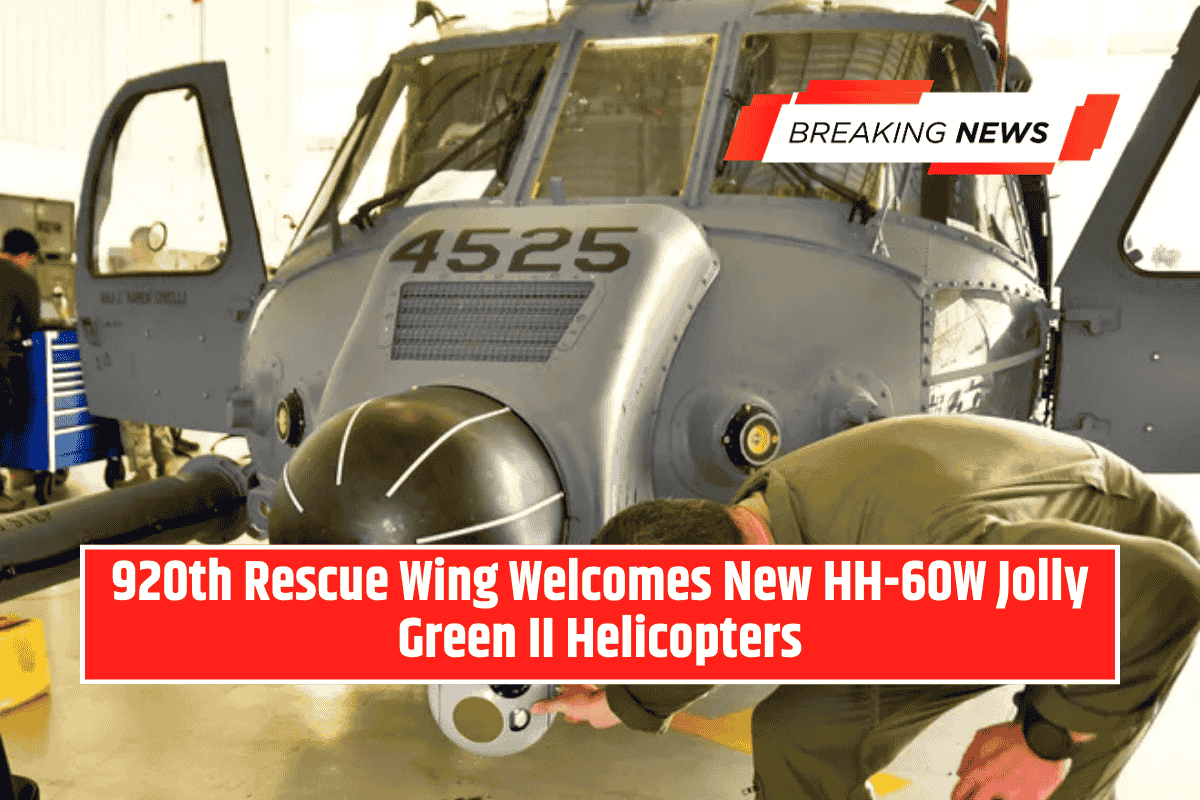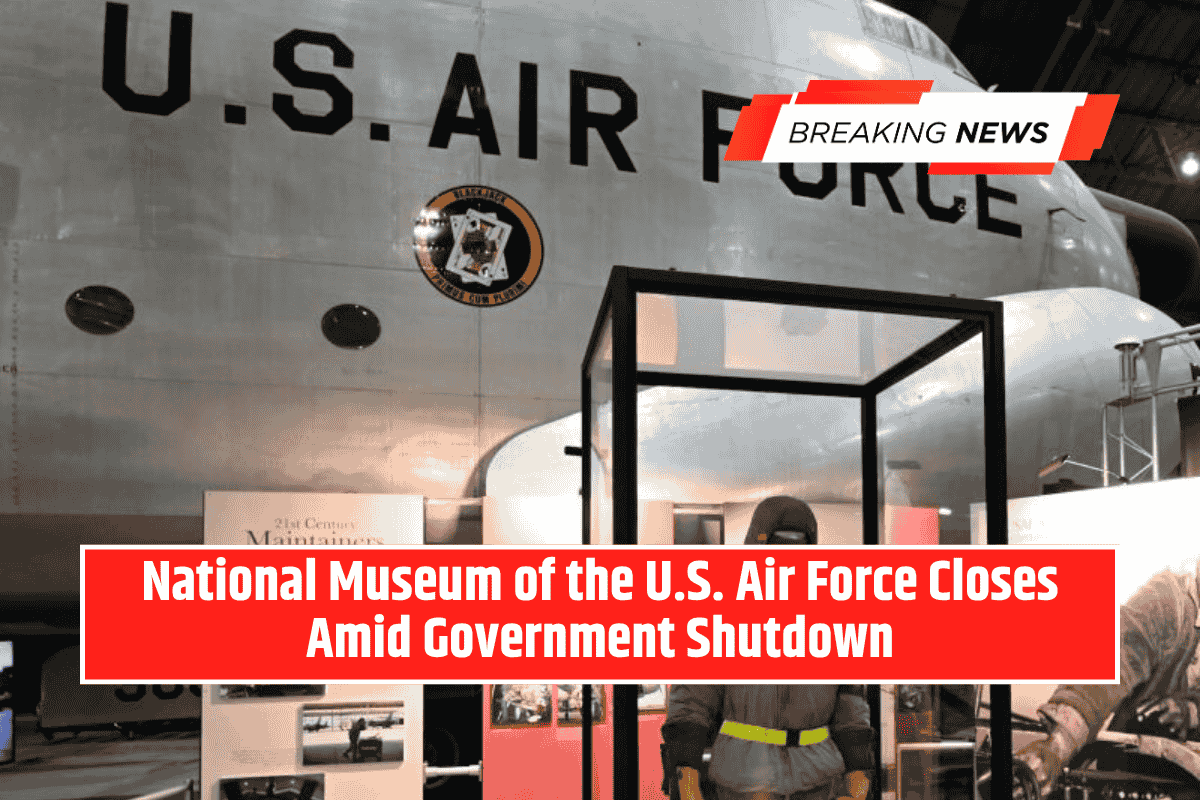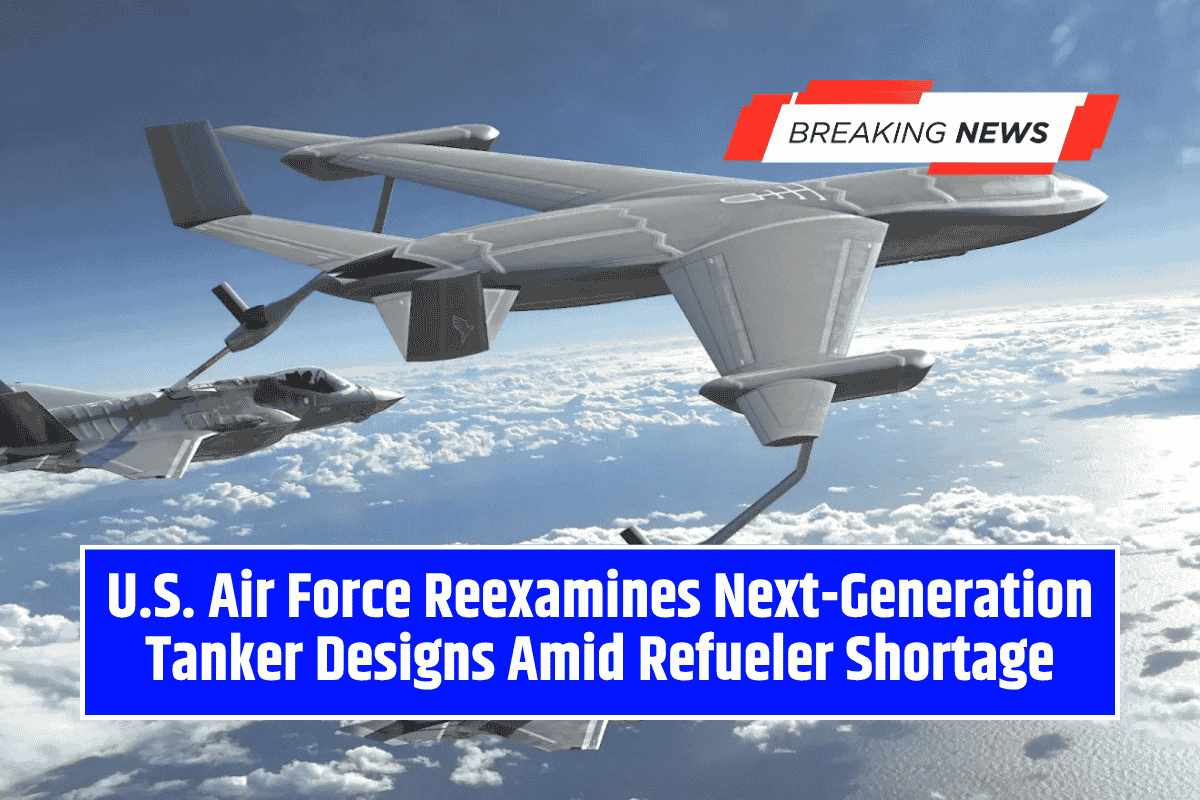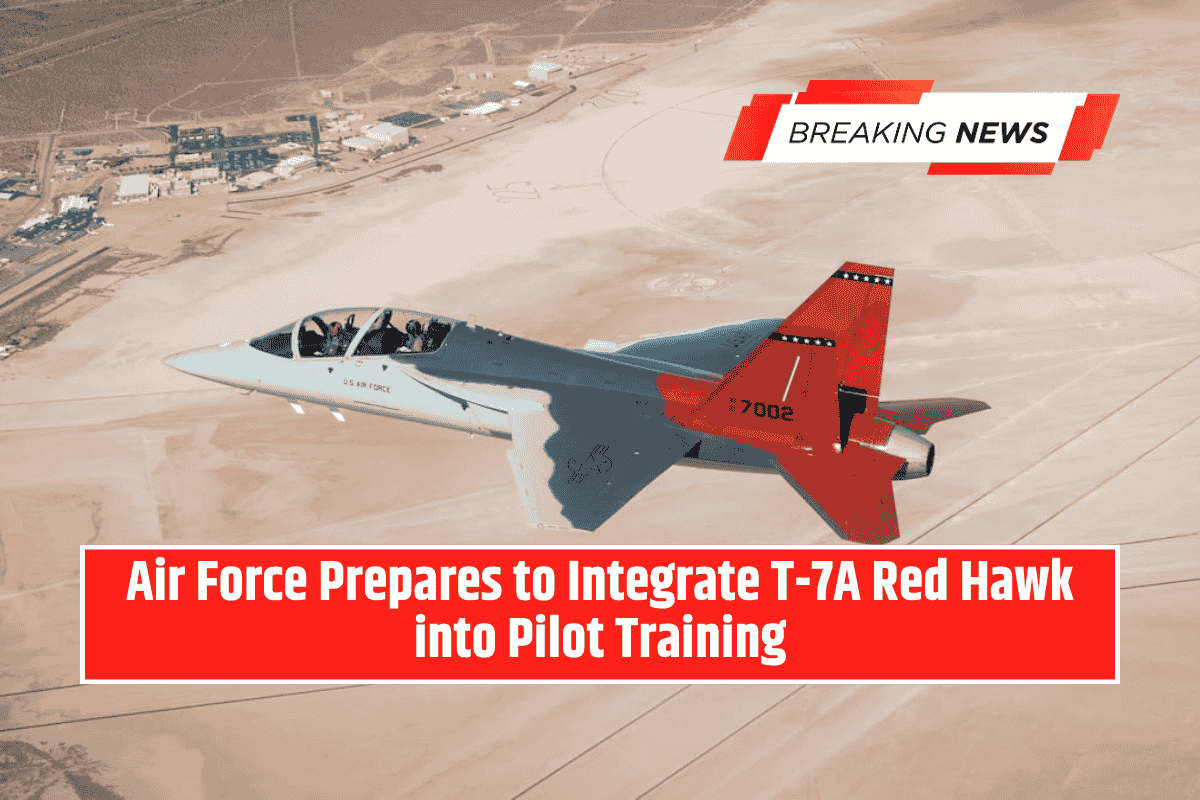The B-1 program began in the 1960s and 1970s as the U.S. Air Force sought a high-speed, low-altitude penetrator to replace the B-52 in contested air-defense environments. This produced the B-1A prototype, which first flew in December 1974.
Rising costs and strategic doubts led President Jimmy Carter to cancel production in 1977. Revived by President Ronald Reagan in the 1980s, the redesigned B-1B emphasized low-altitude penetration and entered service as a strategic bomber.
Powered by four GE F101 turbofans, it set records in payload, speed, and range, making it a marvel of Cold War aviation.
Nuclear Role and Its End
Initially conceived as part of the U.S. nuclear triad, the B-1B was tasked with carrying cruise missiles and nuclear bombs deep into enemy territory. But the collapse of the Soviet Union and arms control treaties like START shifted the strategic landscape.
By 1994, the bomber’s nuclear role was eliminated, and in 2007–2011 its nuclear capability was fully dismantled under New START obligations. The Lancer transitioned permanently into a conventional strike platform.
Retrofitting for Conventional War
To adapt, the Air Force launched the Conventional Mission Upgrade Program (CMUP). This effort integrated smart weapons, precision-guided munitions, targeting pods, and advanced synthetic aperture radar.
With these upgrades, the B-1B became a premier conventional bomber, capable of delivering a massive payload with precision and loitering to provide close air support.
It proved invaluable in Afghanistan, the Middle East, and global Bomber Task Force missions, assuming strike roles far beyond its original nuclear design.
The B-1B Today
Despite its effectiveness, the B-1B is showing its age. Airframes built for Cold War low-level penetration have endured decades of strain.
Sustainment and repair costs are high, forcing the Air Force to retire 17 airframes in 2021, with only a handful kept reclaimable for parts or potential resurrection.
Notably, in 2024 one mothballed B-1B was pulled from the “Boneyard” to replace another airframe whose repair costs were prohibitive.
The Lancer remains critical because of its unique 75,000-pound payload capacity, greater than the B-2’s, and its ability to loiter for extended missions.
With only 19 B-2s available, a still-modernizing B-52 fleet, and the B-21 Raider years away from full service, the B-1B continues to play a vital role in Indo-Pacific and European Bomber Task Force deployments.
A Fragile Bridge to the Future
The B-1B will likely serve until the late 2030s or even into the 2040s, bridging the gap until the B-21 Raider is fielded in larger numbers. However, its future is constrained by high operational costs, airframe fatigue, and maintenance demands.
Though fragile, the Lancer remains a potent reminder of Cold War ambitions turned into 21st-century utility — a bomber born to deter nuclear war but repurposed to dominate conventional ones.








